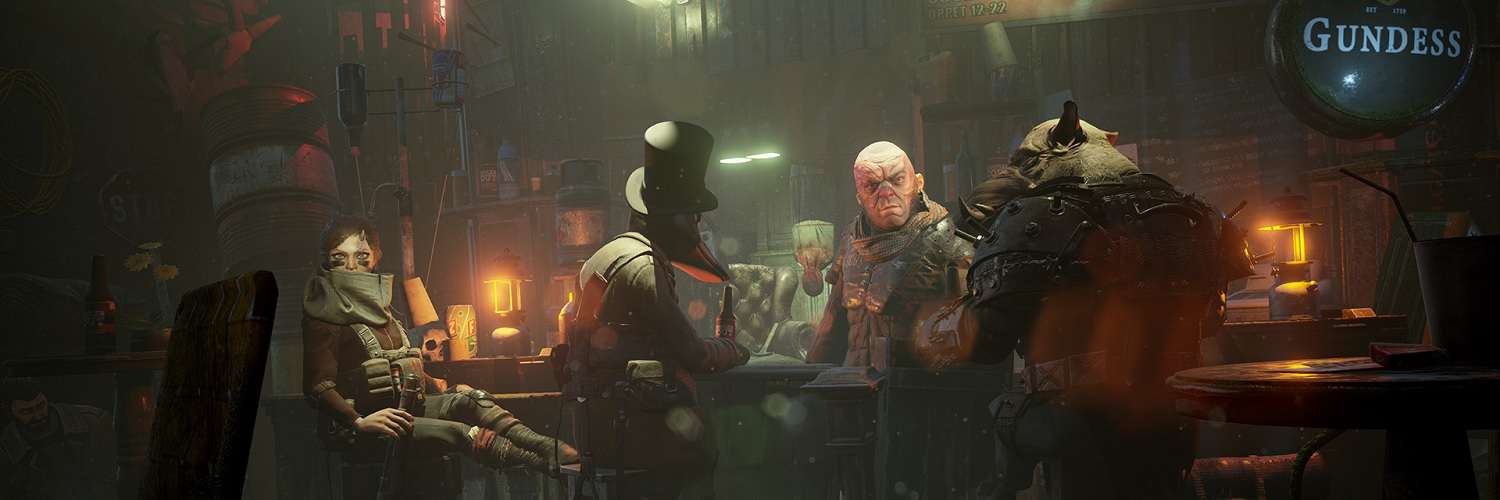
Mutant Year Zero: Road to Eden PC Review
For anyone who is a fan of the turn-based strategy genre, last year offered those people no shortage of games to pick from. There was the return to form for the Japanese developed Valkyria Chronicles 4, the rise of a dormant PC series, BattleTech, and the indie smash hit Into the Breach just to name a few. Another title to add to the list is from developer The Bearded Ladies Consulting, a studio based in Sweden that I will have to admit I had not heard off until seeing the initial reveal for this latest strategy game, Mutant Year Zero: Road to Eden. Rest assured, the studio is made up of experienced former IO Interactive (Hitman) developers who have managed to bring a table-top role-playing game to the video game format with some interesting ideas thrown in.
Mutant Year Zero takes place in a post-apocalyptic world where nuclear war and a deadly plague has wiped out most of the human race. Radiation has caused mutations, which is how we have our stars of the game, the anthropomorphic duck (Dux) and boar (Bormin) that have been at the centre of the promotional trailers. These two are part of a group known as Stalkers, who are sent from the Ark – a safe haven for survivors – on command from one of the few sane humans left, The Elder, to scavenge for supplies in the Zone. This area on the outskirts of the Ark is a dangerous place filled with nasty beasts and mutated humans, been dubbed Ghouls, who have lost all senses and turned into violent beings that worship the Ancients, a name given to the human race when it was back in its glory days. Dux and Bormin’s current task is to find a technical genius who can repair some of the systems that help keep the Ark running, but his disappearance has caused a panic, because as Bormin puts it “Without Hammon, there is no Ark.”
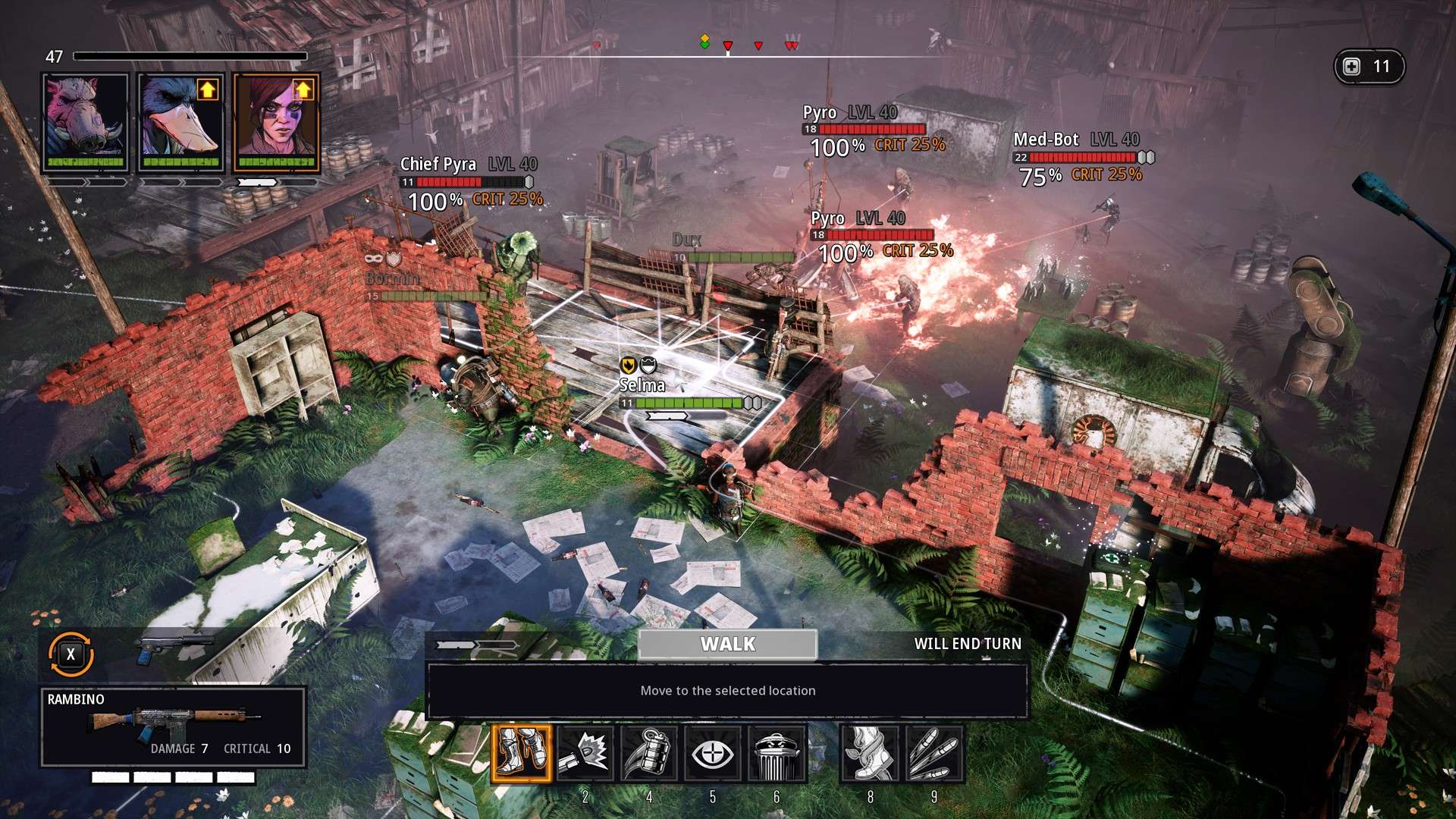
Overall, this is a very typical post-apocalyptic storytelling with the twist of mutant animals thrown in. This addition makes the main cast – eventually builds up the final team of five – standout more, thanks to their well-written and distinct personalities, constant banter and solid humour. Players don’t learn much about the history of these mutants, I guess being mutated means they have a shorter history to talk about than some old humans, but it would have been good to feature more character building. Still, I adored the cast here and they are done in a way that it’s hard not to feel attached to them after a few hours of becoming accustom to their behaviour. As for the world-building, there are the initial building blocks to understand how this world works with the Ark and the dangers of ghouls, told through the cast and NPCs, but a lot is eventually given to the player through text and audio logs, and is never built up to fruition to be experienced in the actual game. Even so, it’s offering more here in the story department than something like the recent X-COM titles.
And yes, just like those turn-based strategy games, there is a lot of time spent in battles thinking about the next grid-based move. But with Mutant Year Zero, there is an additional element in the gameplay that adds dynamic planning for each battle – the freedom to to approach a battle how you see fit from the world exploration. Outside of fights, the game feels like any regular RPG. Players run around small locations joined together by a world map, finding loot, talking to people, taking on quests, and travelling to the next destination. It gives the game more personality, more interaction than being a list of battles on a menu, thus building a world players feel more attached to than simply fighting battles in various backdrop themes.

Packed in these dangerous zones are enemies waiting to spot the stalkers. These can be of various levels, meaning it’s advised not to attempt to attack a team who are levels higher than yourself. Get seen and battles start from the point of discovery, but putting the team into sneak mode and splitting them allows players to move them around individually and setup an ambush. Once ready in position and your load out has been adjusted to give an advantage against the enemy – for example, EMP weapons are good against robots, while silenced weapons can give players the chance to take an enemy down without alerting nearby foes – a single space bar press throws the game into combat mode. This can be reversed if done by accident, as long as interaction hasn’t occurred to take a member of the team out of hidden mode.
At this point, it is familiar territory for the genre with its turn-based movement and attacking exchanged between the two fighting sides. Each move/attack reduces action points by one or two (a unit has two available). Moving takes one action point, but sprinting to move more spaces can be performed in exchange for skipping the chance to attack. Performing an attack also takes one action point, but also ends the turn for the unit. There are many options to hurt enemies, such as standard weapons, grenades, or some of the special abilities that each stalker unlocks as they gain levels through experience. Each stalker carries two guns that can be switched between on the fly without wasting an action point. This is important, because it plays into the whole clip system that limits the availability of weapons. Reloading requires an action point once a clip is emptied, but can be done mid clip if desired. Switching a weapon can cover the lack of reloading, but once that is out, time needs to be spent reloading, so it’s best to keep an eye on how many shots are left, using downtime to reload if there is no chance to attack.
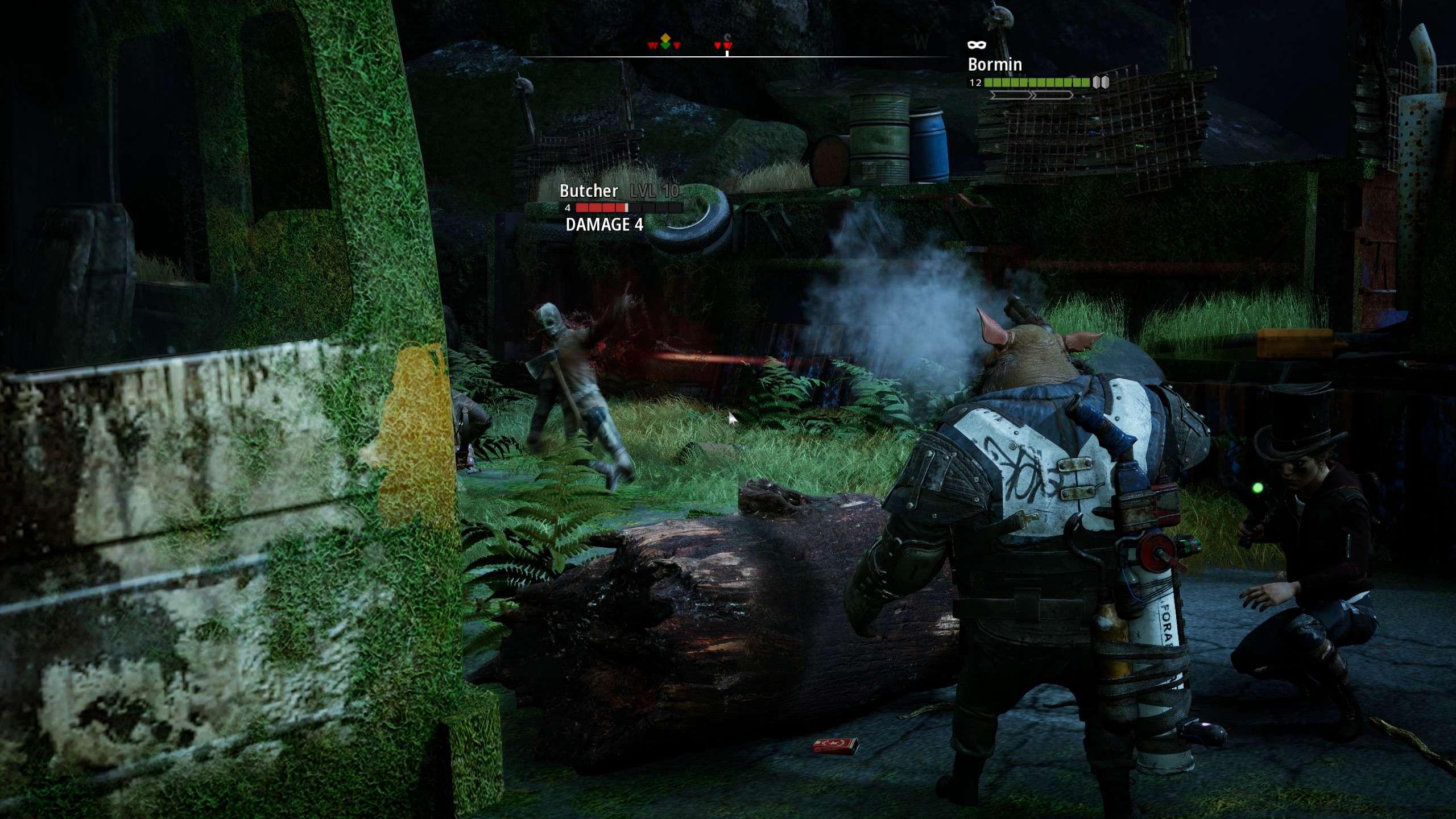
The last two abilities are overwatch – this passes the unit’s turn, but puts them in a phase that enables them to attack if an enemy moves within their line of sight. Medic pack is the other ability, but these aren’t just for healing, as they can revive units that have been floored after been knocked down for running out of health points. Units don’t die straight away, as they are given three turns to receive medical attention before vanishing from the battle, only returning once the fight is over. There is no permadeath, unless playing the special Ironman modification that saves after every fight, but that is a feature that should be looked at after finishing the game. It seems the developers didn’t want this as standard, because they see each character been vital to the story.
Due to Mutant Year Zero being a real-time tactical game, there is no doubt that players will shout obscenities at their display screens, as the infamous random number generation that rolls for a chance to hit the enemy based on a percentage is in full force here. Distance and cover will change the effectiveness of hitting someone, so it’s always best to try get the stalkers into good positions for cover, protecting their low health, while also giving them an advantage to target foes. I’m not joking about the low health – even by the end of the game, you’re only in low end double digits, so a few direct shots can easily wipe out a team member. You can imagine why it always hurts when one of your units has a 95% chance of a hit and seems to miss the enemy consecutively, like the game is working against you, then the foe manages to kill with a lower percentage chance hit. It really just the randomness of chance in a video game and not a bug, no matter how many times you shout it out as it costs you the battle.
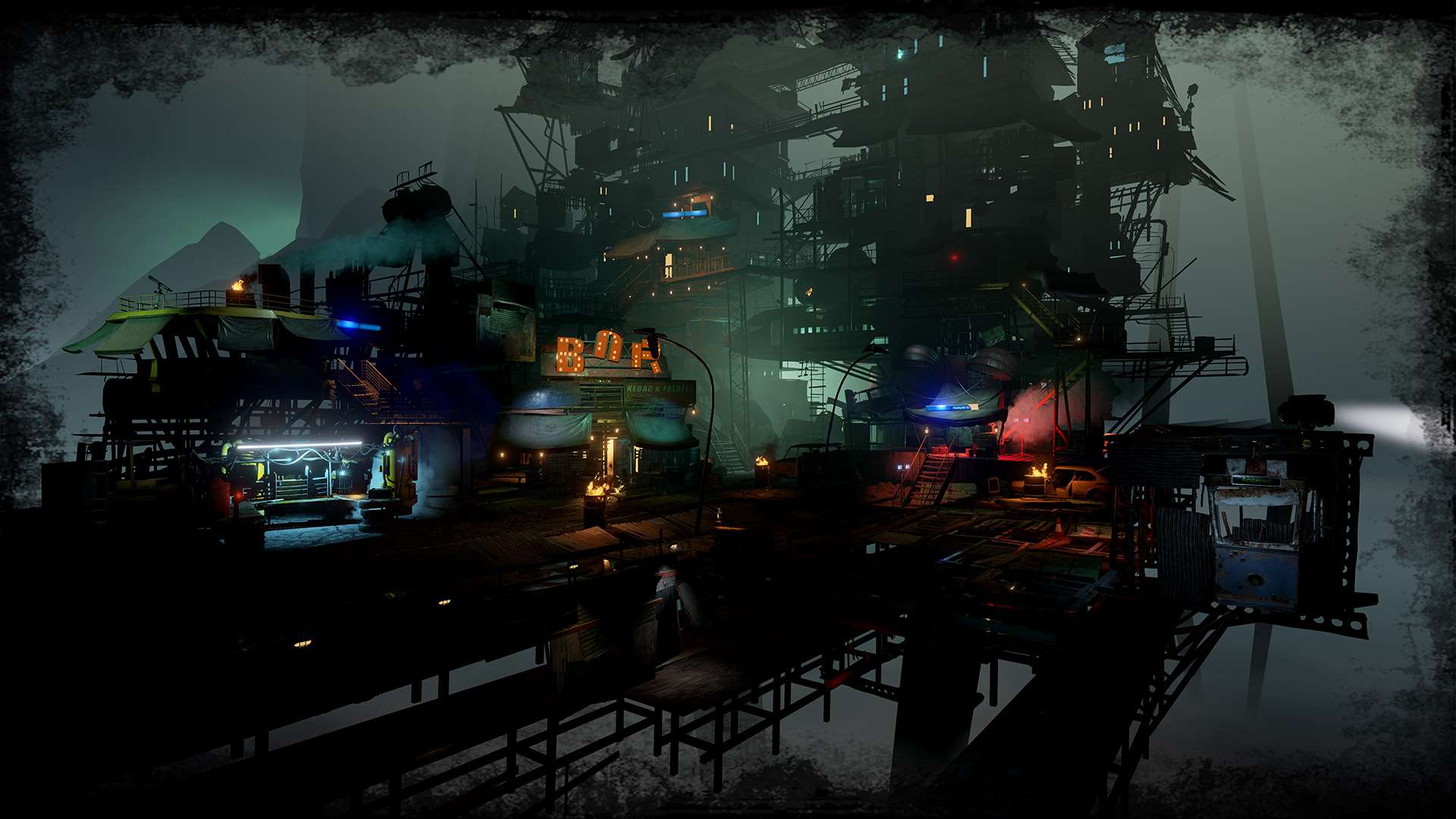
Failure will happen a few times over the course of the game, well for me at least it did, as I found the game to offer a challenge, even on normal. If you do not get the hang of how important the initial planning is for the fight, then this game will become hard. Thankfully, the saving system is friendly, so you can save at any point during exploring, plus there is usually a automatic checkpoint done every so often that losing a battle usually means only replaying out that fight or the last one.
One thing to note is that Mutant Year Zero‘s story or heroes are not randomly generated, something X-COM and others can have advantages over to keep the campaign fresh, allowing them to be great for repeated plays. I felt I was done with Mutant Year Zero once I had finished the story. There is additional difficulties that alter how skills and health are handled (less refilling after battles, more kills needed to replenish skills) and the Ironman mode, but enemy locations and maps don’t change up, keeping everything predictable and mundane on the second playthrough. The only thing possible to do would be to mix up what weapons and skills are unlocked, but then, these aren’t that drastic enough to make a second playthrough feel as fresh or exciting as the initial run.
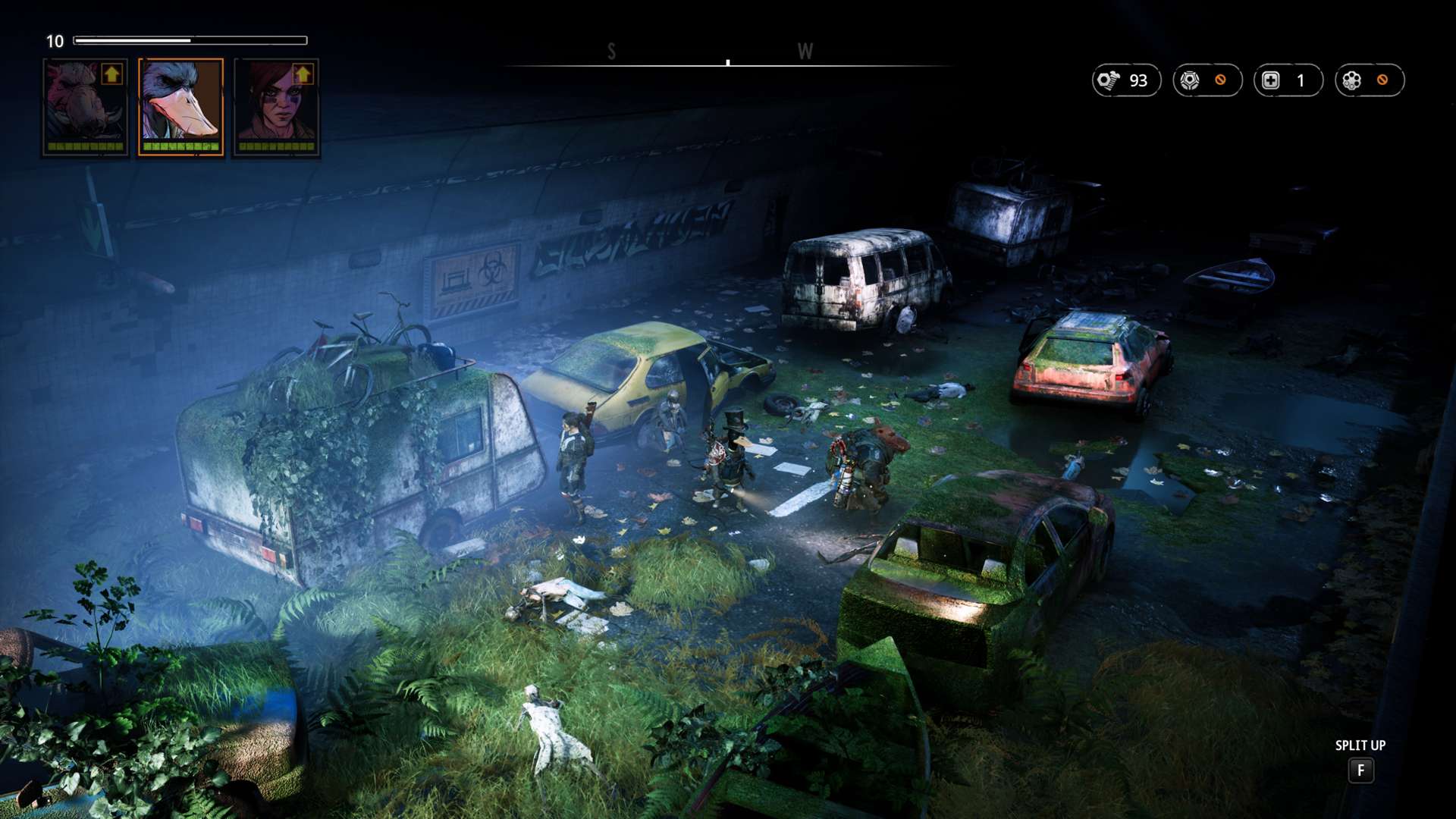
Having never heard much about the developers or this game, I was genuinely surprised at how great Mutant Year Zero: Road to Eden turned out to be. The combat, while no doubt having similarities to other titles, adds enough interesting and different concepts, especially in the pre-combat build up by blending real-time planning and stealth elements, that it does make a big difference to tactical preparation. Mutant Year Zero: Road to Eden also brings in oodles of personality and an intriguing world through its exploration parts and charming characters that banter with each other through humorous dialogue. The game’s only let down is its focus on delivering more of a role-playing game, which has taken away the replayability that rival games in the genre have going for them, thanks to the use of random generation, but that shouldn’t be too much of a negative on a game that offers a great first playthrough experience.
